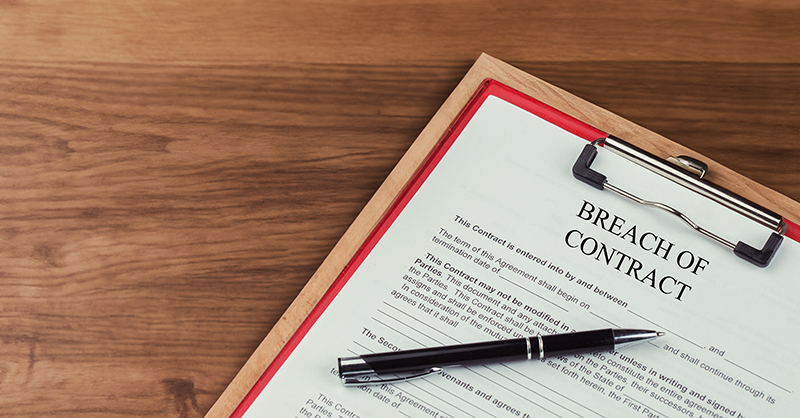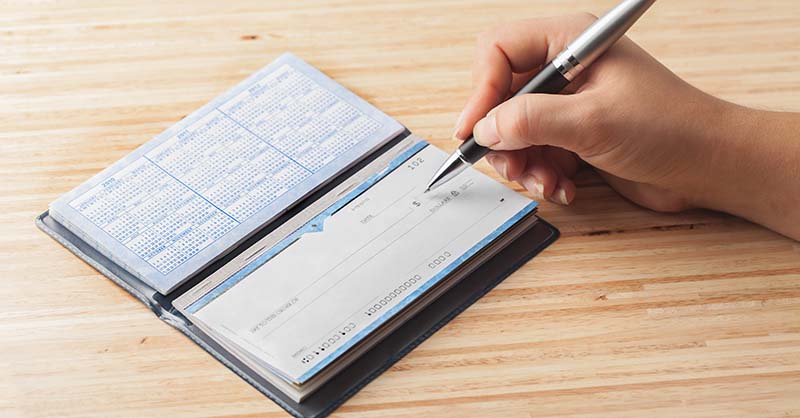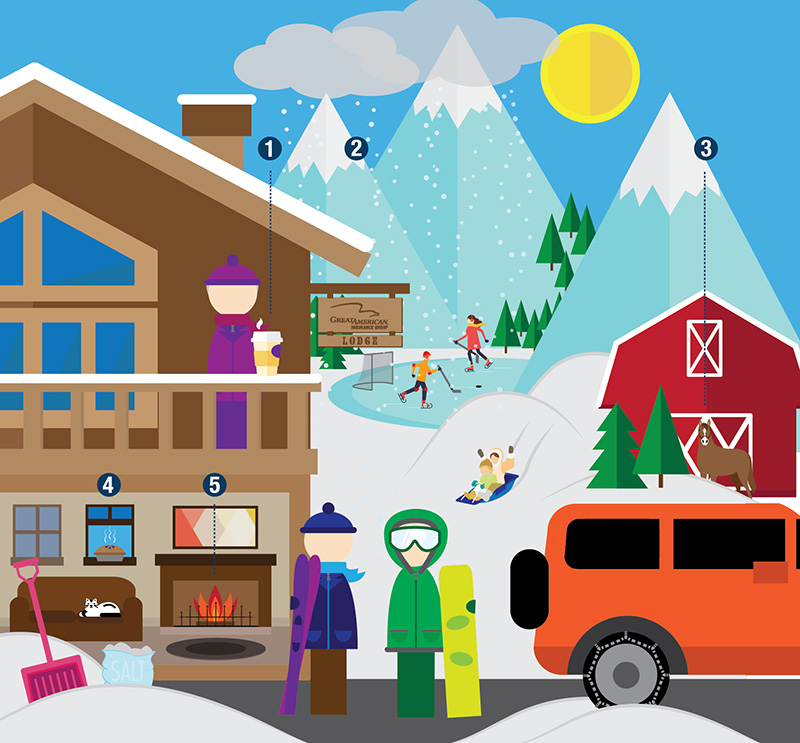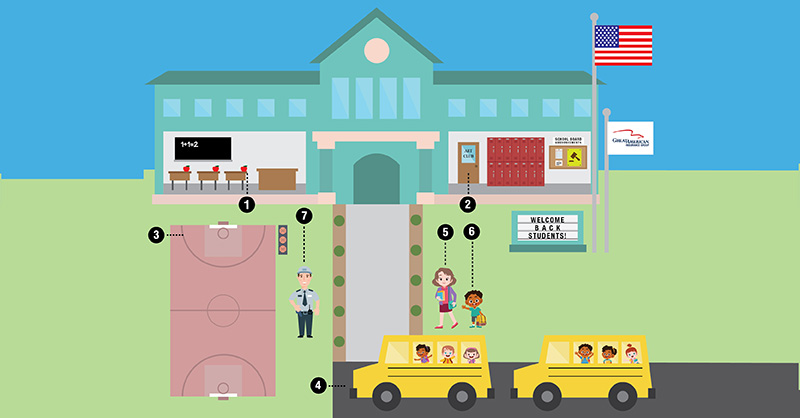Stay Safe on the Roads This Winter
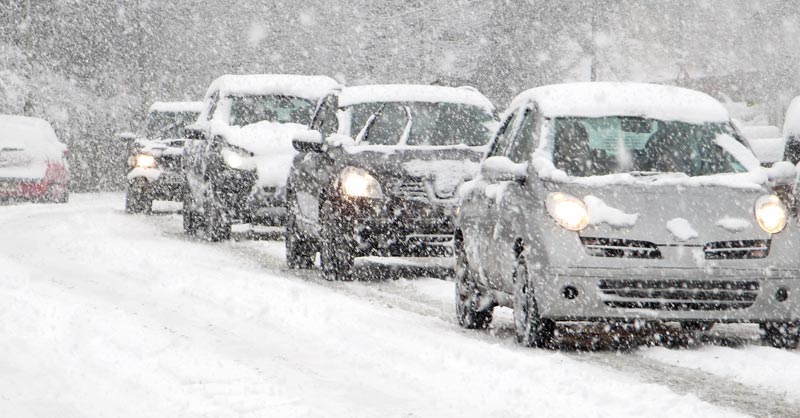
The winter season can come sooner than expected and leave many drivers stranded in dangerous situations. During the winter, roads can become dangerously icy, which can put mechanical strains on vehicles, causing them to fail. Being prepared for cold weather can improve an organization’s ability to handle the cold months of the year.
The Dangers
Driving in the snow can lead to overconfidence in driving abilities, causing many to take more risks, which increases their chance of an accident. In addition, poor visibility during the heavy snow hours makes it difficult for drivers to pull over and stop. Low tread on tires can make it difficult to stop, which can cause many cars to lose traction over ice and snow. The risk of injuries can increase even after the accident has occurred. After the incident, drivers can expect heat in the vehicles to stop working. In certain areas, cell service could be unavailable, leaving drivers stranded and cold.
Prevention
To help reduce the risk of a breakdown or accident, you should make sure that your vehicle is in working order and that the following precautions are taken. The following tips are provided by the Insurance Information Institute (www.iii.org):
- Brakes: Leave more distance than usual between your vehicle and the one just ahead of you to give yourself at least 10 seconds to come to a complete stop. Cars and motorcycles usually need a minimum of 3 seconds to halt completely even when traveling on dry pavement.
- Cooling: Make sure your wiper fluid contains anti-freeze, so the spray doesn't freeze up in cold weather. Consider buying winter wiper blades, which prevent ice and snow from hardening on the wiper.
- Electrical: Make sure your battery is charged and working optimally. Cold weather adversely affects battery performance, so check it before the temperature drops.
- Engine and Exhaust: Check your exhaust pipe to make sure it is clear. A blocked pipe could cause a leakage of carbon monoxide gas into your car when the engine is running.
- Slow Down: Drive slowly because accelerating, stopping and turning all take longer on snow-covered or icy roads.
- Tires: Make sure that your tires have good tread and keep them properly inflated—both are essential to safe winter driving. And while all-weather tires are sufficient for some, if the conditions in your area tend towards snow and ice, consider winterizing your car with snow tires.
During the winter months, your vehicle should be routinely inspected due to the dangerous driving conditions, and you should be sure to follow all state and local weather warnings when in effect.
After an Event
In the event of a mechanical failure or accident, having an emergency kit in your vehicle can greatly increase your chances of surviving in extreme cases where you are unable to seek help. Your emergency kit can include the following:
- Small shovel
- Snacks
- Change of clothes
- Traction aids such as sand or a piece of wood
- Towing chain or strap
- Water
- Important phone numbers
- Ice scraper
- Emergency flare
- GPS vehicle locator
- Jumper cables
- Antifreeze
- Local maps
- Blankets
- Flashlights with batteries
- Spare Phone battery/charger
Once the event happens, it is important to stay calm and think about what is around. Stay in your vehicle unless there is a house or another building in sight. Use your emergency kit as needed and continue attempting to contact help via phone or radio. Some vehicles are equipped with GPS systems that can automatically connect drivers to rescue help.
Radio is a useful tool in listening to weather alerts and regular rescue patrols in your area during winter storms. Be sure to yield all warnings issued by state and local authorities, and only drive after taking precautions or in an emergency.
Resources
Insurance Information Institute | Winter Driving
National Highway Traffic Safety Administration | Winter Driving Safety
National Safety Council | Winter Safety
For additional Loss Control guidance, please visit the Plan & Protect safety hub.
